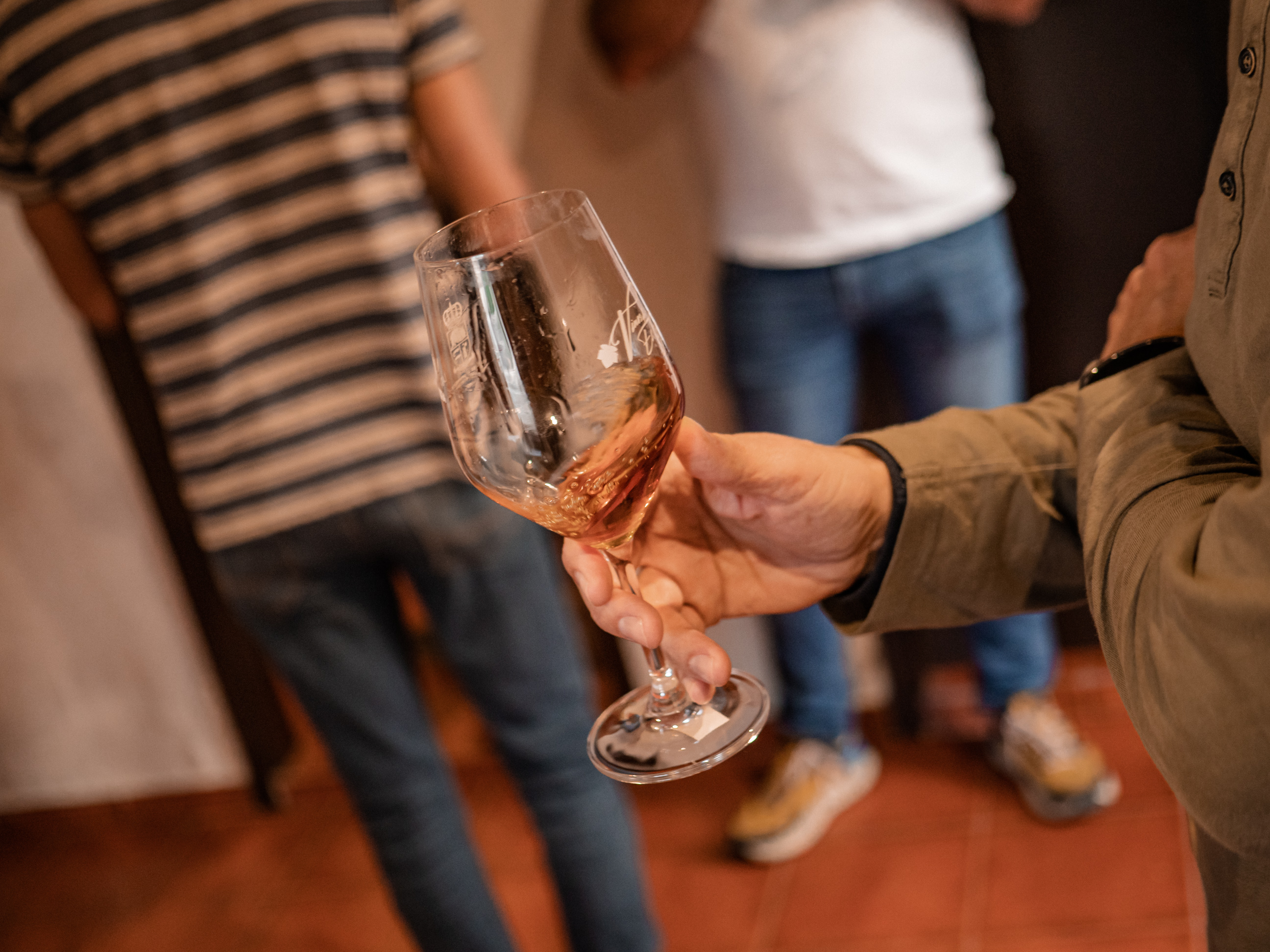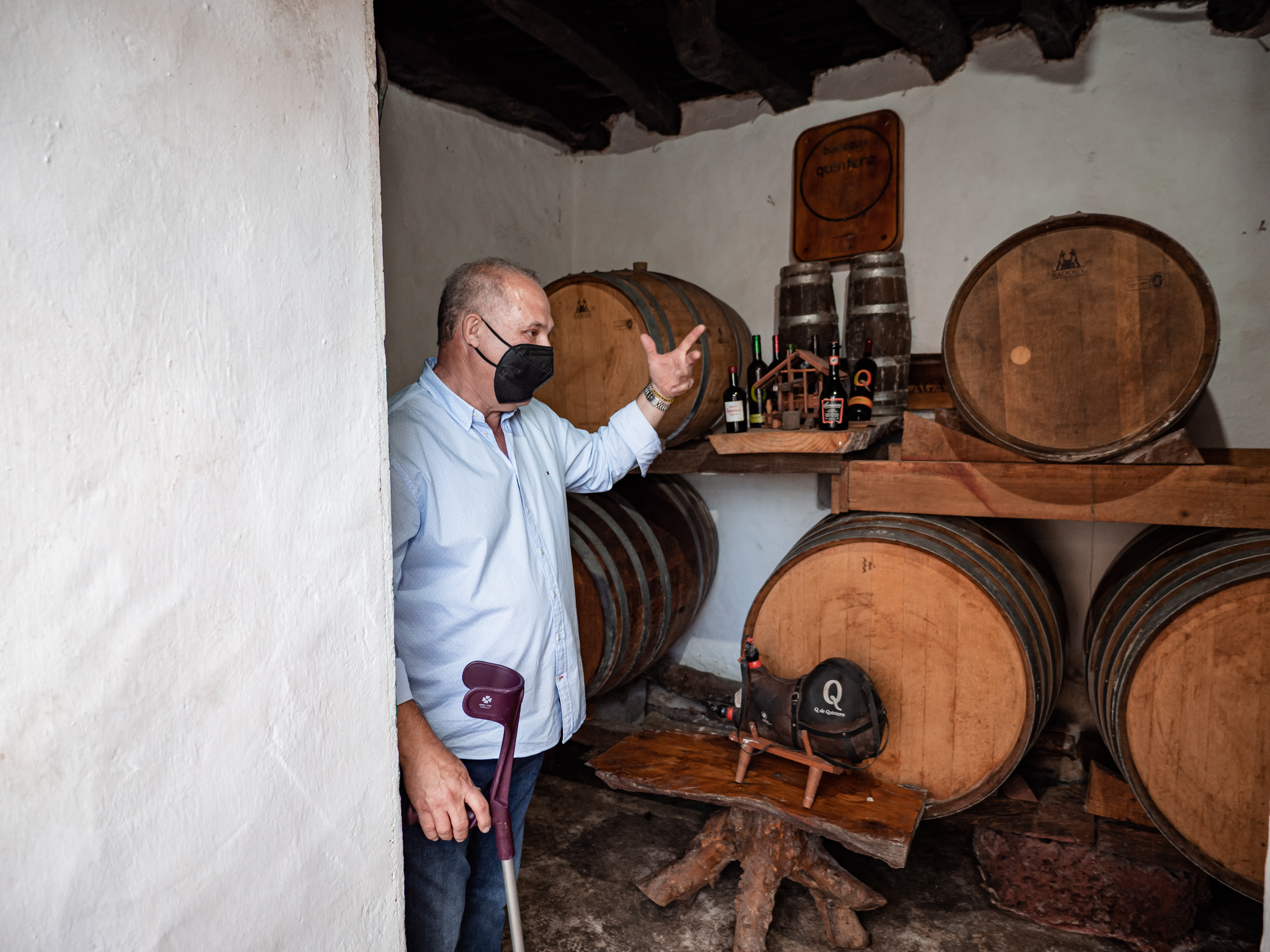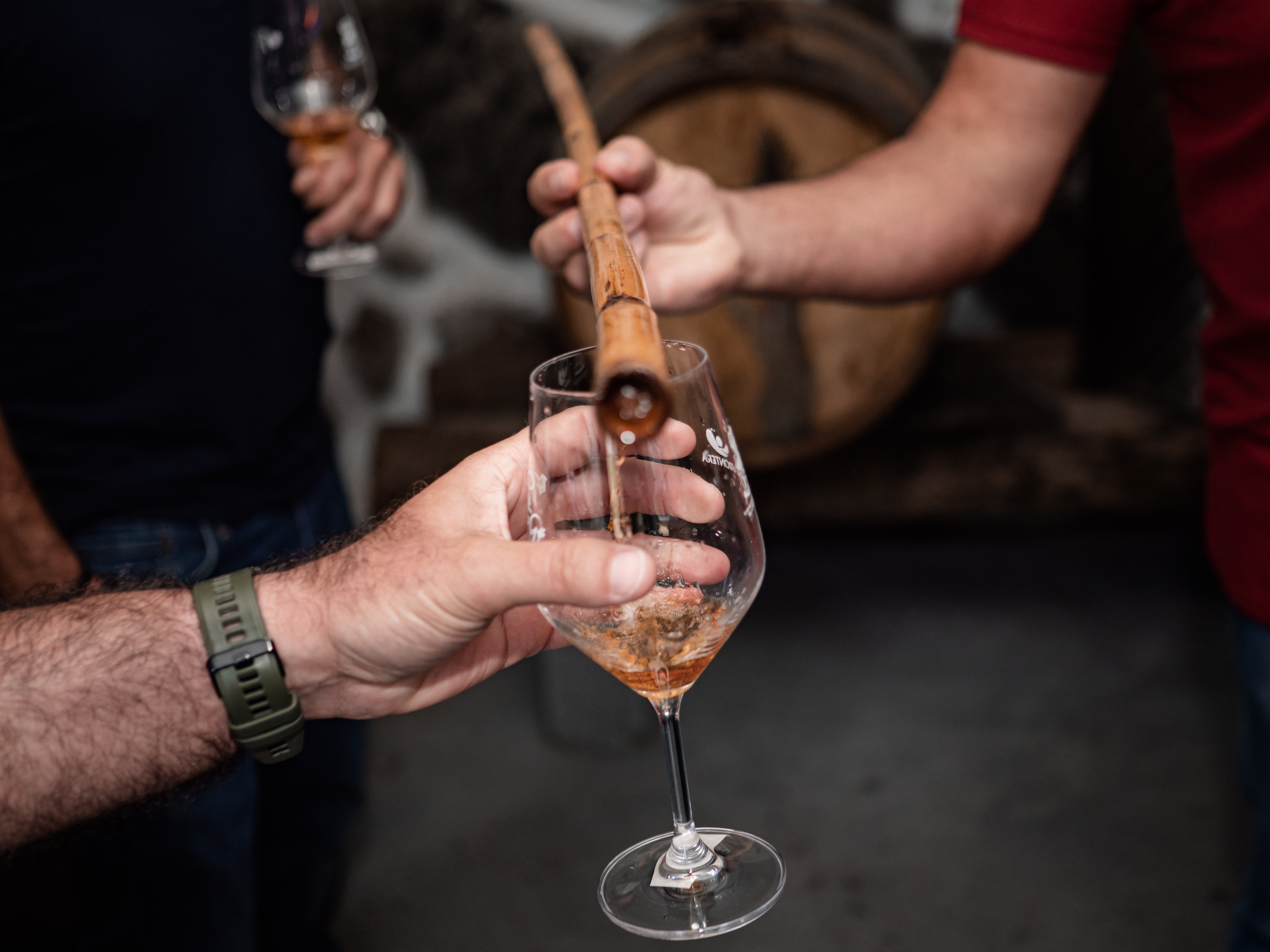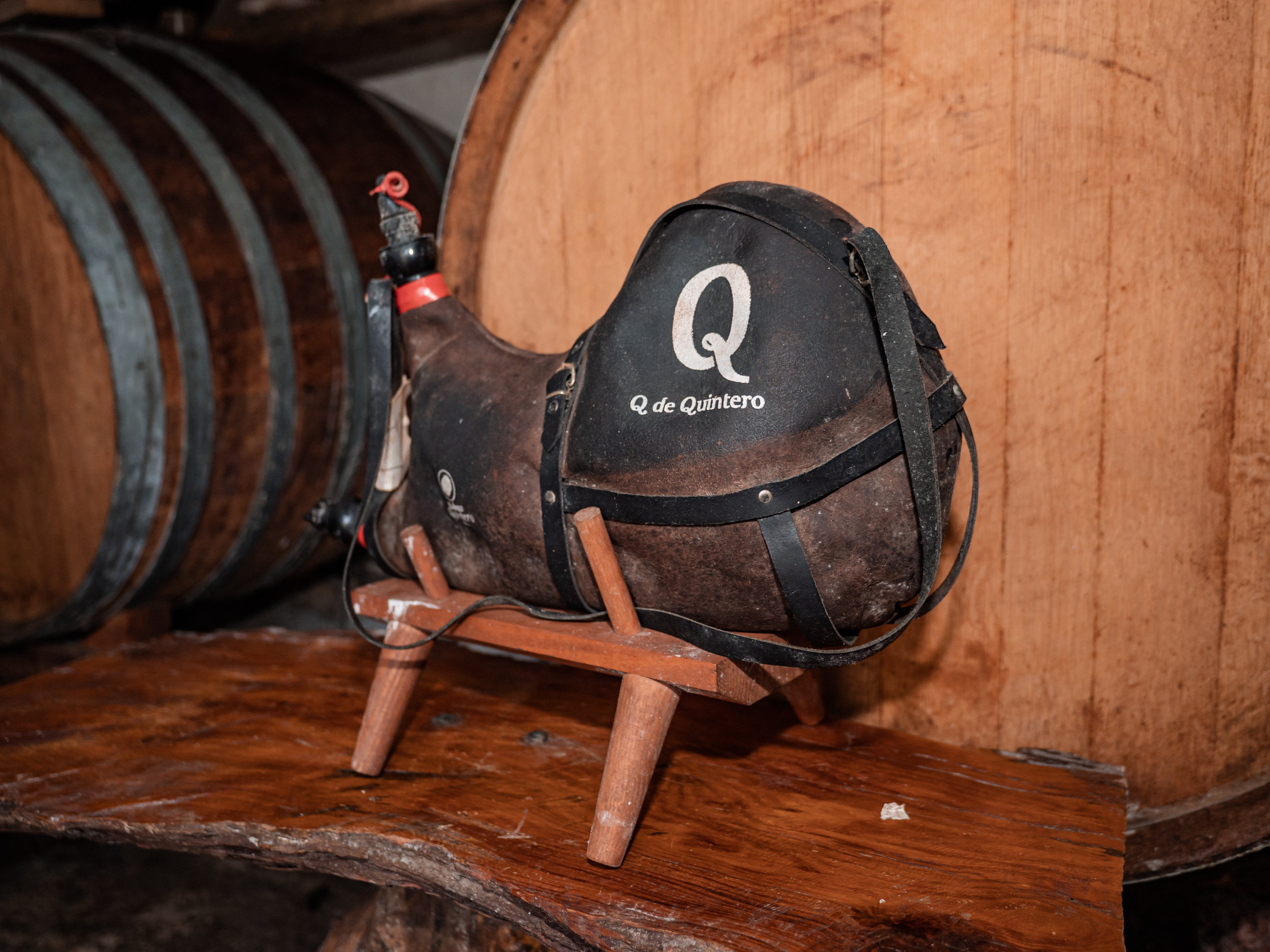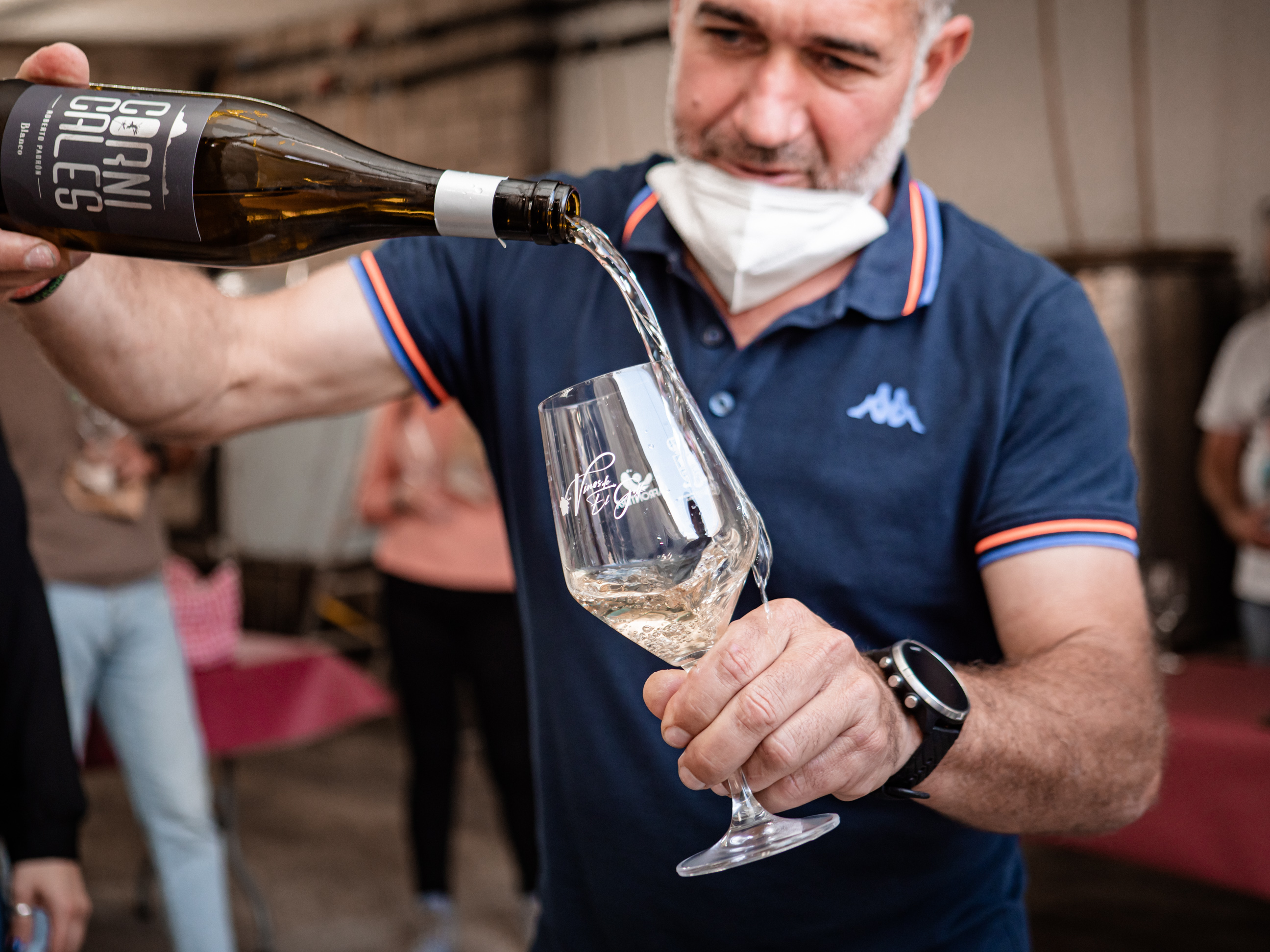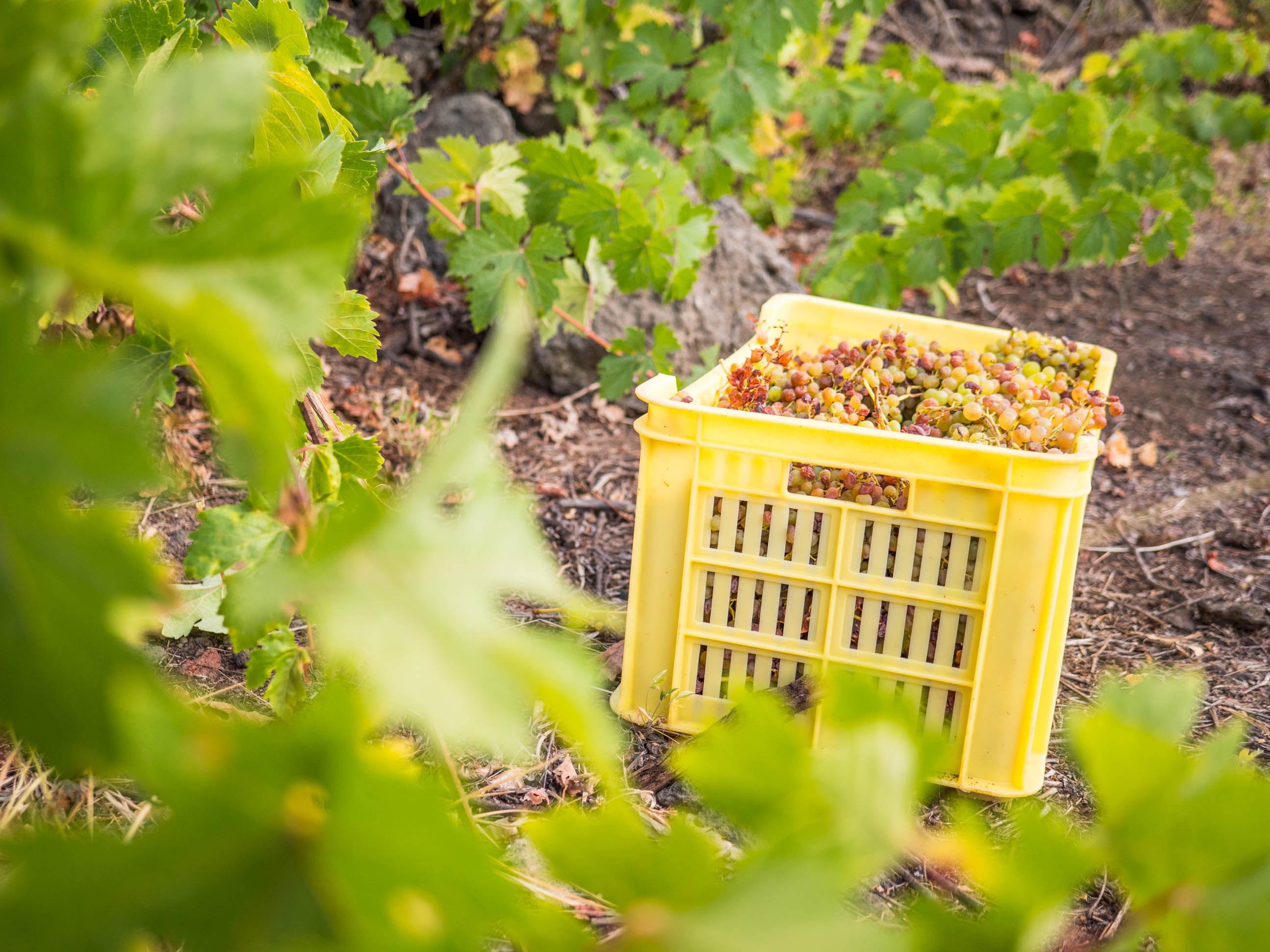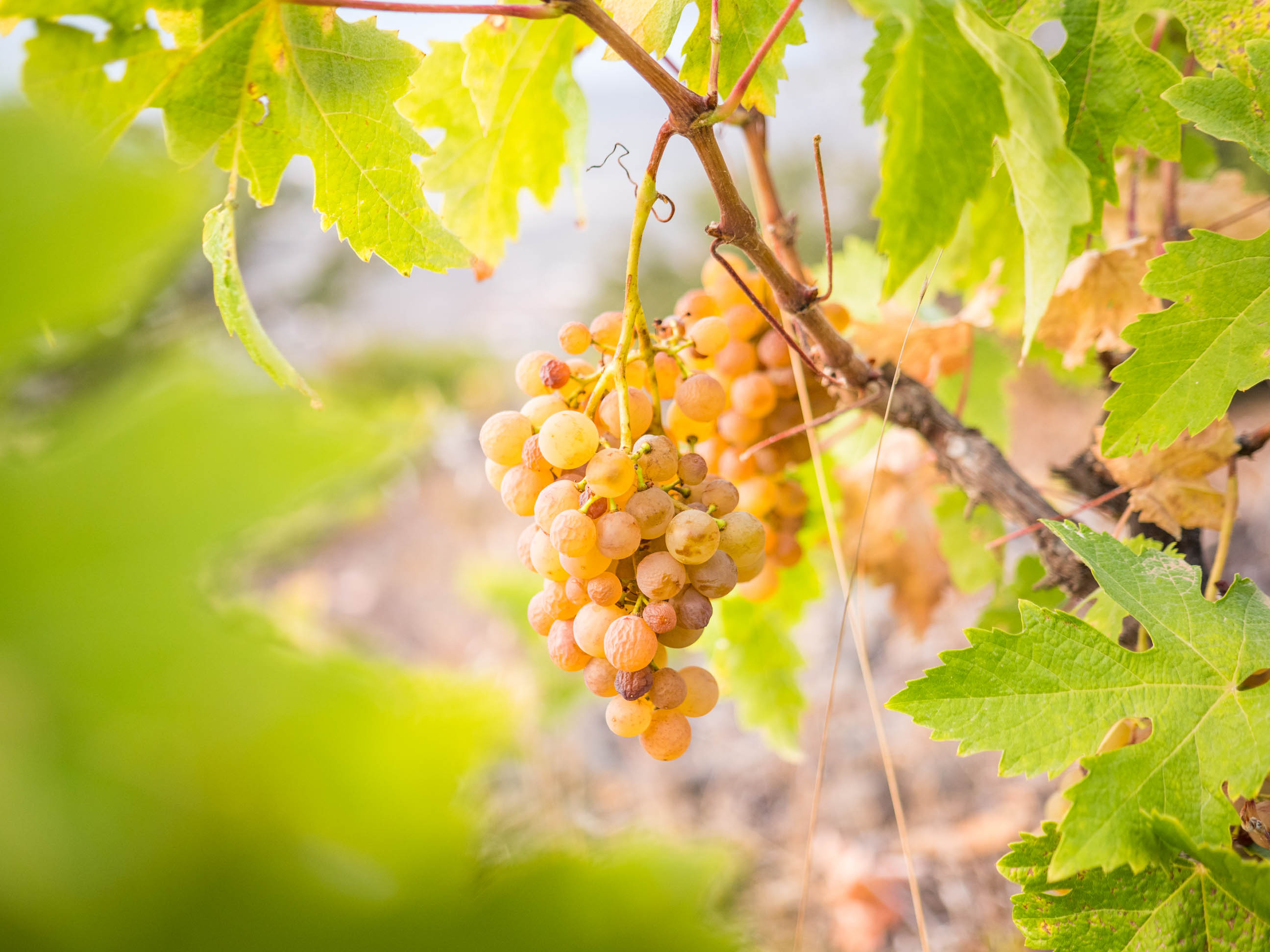You are Watching
The Wine
Once the wine was obtained, depending on the possibilities of each family, it was destined both for family consumption and for sale. The surplus was sold in the small island "cantinas" or exported to the rest of the islands, preferably to La Gomera, Tenerife and Gran Canaria, where it was always well received.
It was transported in barrels by beasts, using the bridle paths and royal roads to distribute it to the villages, or to embark it on sailing ships at the ports of Punta Grande or La Estaca. Historically, these were the main ports for exporting wine, although there were other embarkation points that were eventually used by barges, sailing ships or steamers, such as Punta del Palo, in Sabinosa.
For most of the neighbours, small winegrowers, the only money that came into their homes, necessary for the purchase of basic necessities, came from wine.
Wine was not only an economic commodity, it accompanied the locals in their agricultural chores, invitations, celebrations, religious or folkloric events, gastronomy,... and for all these reasons, produced with care and attention, it was a symbol of personal fulfilment and social prestige.
Wine impregnated Herreña life, and today it is a living culture of the history of the Valle del Golfo and the island, present in the landscape, in society, in the economy,... they are vestiges of the importance that the precious liquid had, throughout the centuries, in the battered economy of its inhabitants. The Frontera Rural Park invites you to recognise them.
